China is a vastly diverse country which is both well-known and mysterious at the same time. From its excellent food to its ancient history and stunning natural landscapes, there’s plenty to see, do and experience in China. From giant pandas to the magnificent Great Wall of China, spicy food and incredible historical and cultural sites like the Forbidden City and the Terracotta Warriors make China an interesting place to visit. Check out what China is known for.
Contents
- What Is China Known For
- 1- Giant Pandas in Chengdu
- 2- The Great Wall of China
- 3- Chinese Cuisine
- 4- Martial Arts
- 5- Chinese Lunar New Year Holiday
- 6- Beijing’s Forbidden City
- 7- Xian’s Terracotta Warriors
- 8- Chinese Zodiac
- 9- The Yangtze River
- 10- Mao Zedong
- 11- Tea Culture
- 12- The Chinese Language
- 13- One Of The World’s Oldest Civilisations
- 14- Having One Time Zone!
- 15- KTV
What Is China Known For
1- Giant Pandas in Chengdu
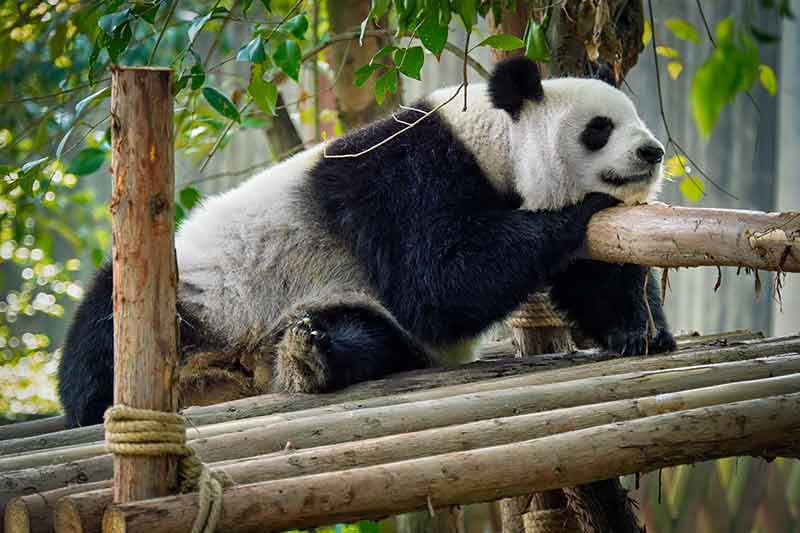
One of the most beloved animals on the planet, the giant panda is synonymous with China!
Most people would be able to tell you that China’s national animal is the giant panda.
It’s impressive to think that the pandas’ only natural habitat in the world is in southwestern China.
Pandas are one of the rarest species in the world with only around 1,850 wild pandas remaining today.
The Chinese people adopted the pandas as their national treasure and for a long time have worked at helping the population grow.
Through programs like at the Chengdu Research Base of Giant Panda Breeding, China was able to announce in 2021 that pandas were to be classified as “vulnerable” rather than “endangered” according to the IUCN Red List.
If you are visiting China, you’ve got to check out the research base that is located just north of the city of Chengdu in Sichuan province.
Around 50 giant pandas live at the centre, including several new baby pandas every year.
If you visit the Chengdu Research Base of Giant Panda Breeding be sure to head there in the morning as feeding time is around 8 am and this is when the pandas are most active.
Visit only in the afternoon and you may not spot many pandas at all (they will be sleeping).
2- The Great Wall of China
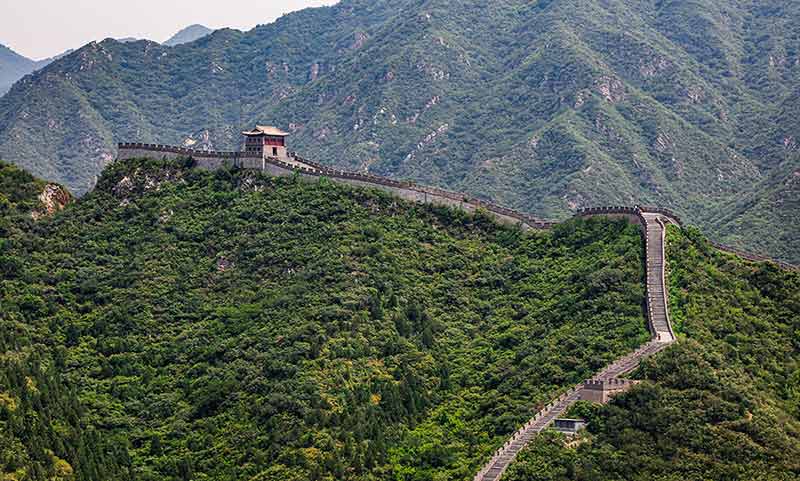
Another iconic thing to see in China is the Great Wall of China, which showcases the country’s extensive history and architectural prowess.
The Great Wall dates to the 7th century when construction began and was finished in around 1878 during the Qing Dynasty!
The wall was built in the northern part of China extending from east to western with Mongolia to its north.
The wall is the longest man-made structure in the world at more than 21,000 km (13,048 miles).
Being such an unfathomably long wonder of the world, there are many myths and legends about the Great Wall of China.
You may have heard that it can be seen from space…well though astronauts have tried with cameras it cannot be seen with the naked eye.
Visit China today and you can check out numerous sections of the Great Wall, especially near Beijing.
The Mutianyu/Jiankou section is an amazing section with wonderful mountains.
To see an epic tower head to Simatai to check out the Fairy Tower.
For a unique experience check out Laolongtou where the Great Wall ends and meets the sea.
3- Chinese Cuisine
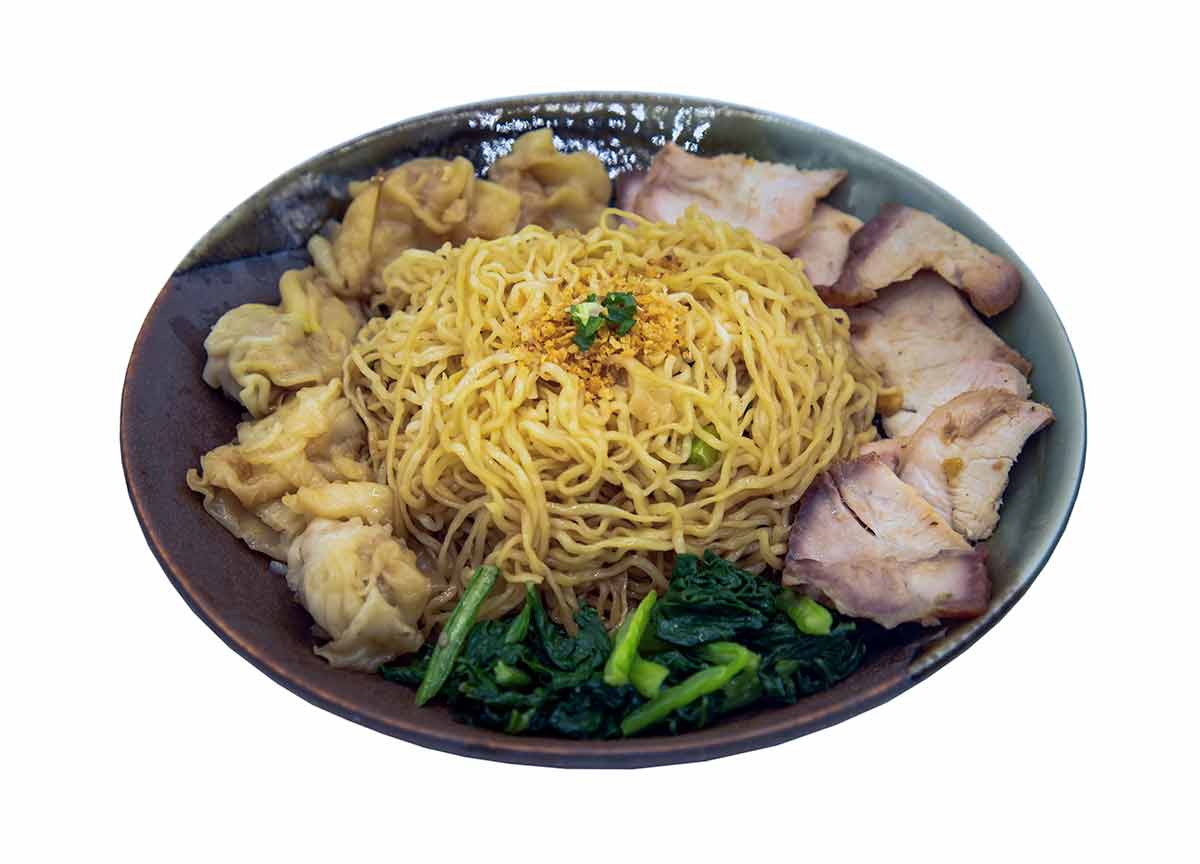
Whether you are in North America, Europe or Australia, Chinese food is often a fan favourite.
But no matter how much you love a Friday night Chinese take-out, just remember that until you visit China you haven’t even scratched the surface of how good the cuisine is.
Chinese food is varied, fascinating and delicious.
China is so large that the food and spice level changes from region to region.
Cantonese cuisine from Guangdong province is one of the most recognised around the world and because of the access to the South China Sea, Cantonese food often features fresh seafood.
Head northwest from Guangdong and you will find Sichuan province where the food is always covered in red flakes…and you better believe those red flakes are spicy!! Sichuan pepper is highly fragrant and often numbs the mouth.
Shanghainese cuisine is another with dishes like Xiaolongbao (soup dumplings), Shanghai-style braised pork belly (Hong Shao Rou) and Shanghai fried noodles.
China is one of those places where you should try everything someone recommends and never assume that a green pepper isn’t spicy.
4- Martial Arts
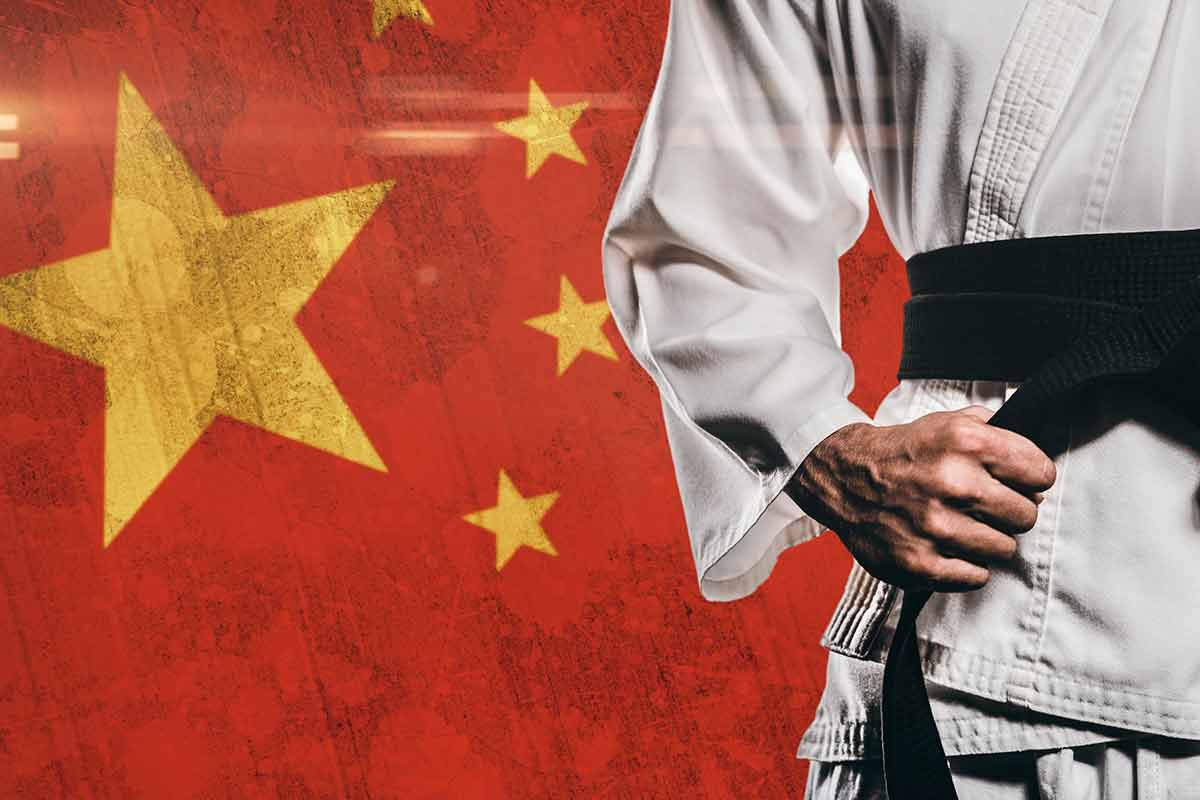
Another thing that China is known for is martial arts, which originated during the mythical Xia Dynasty more than 4,000 years ago.
Chinese general Qi Jiguang is credited with being the first person to document the Chinese style of martial arts.
Today people all around the world learn martial arts or watch martial arts movies.
One of the most famous classic martial arts movies is the Shaolin Temple which was shot on location in China.
Jackie Chan and Bruce Lee are names that pop into mind.
The Hong Kong born actors, stuntman and martial artists propelled the combat style into mainstream media.
5- Chinese Lunar New Year Holiday
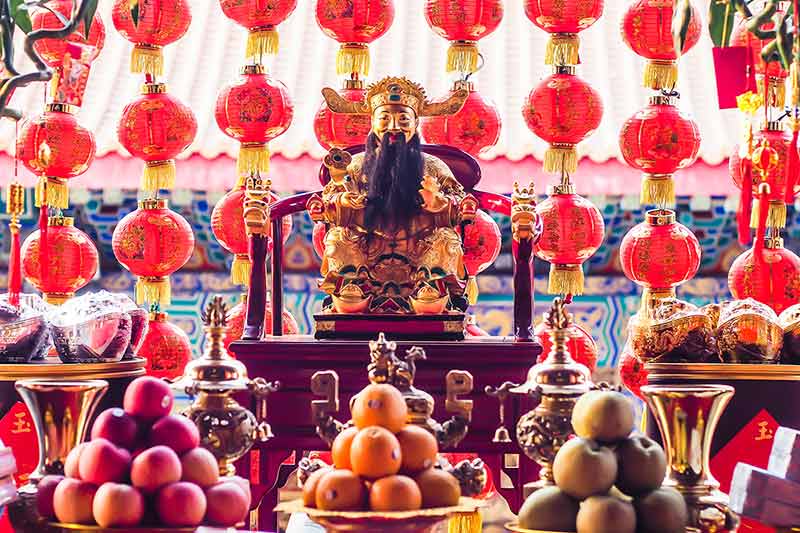
The period of time surrounding Chinese Lunar New Year is the world’s largest annual migration! Millions of people all around the world celebrate Chinese New Year (新年).
This festival is also referred to as Lunar New Year, Spring Festival, and Tet (in places like Vietnam).
Chinese New Year marks the start of the lunar calendar which starts the day after the first moon appears usually between 9 February and 10 March.
Each year during this period Chinese people enjoy a weeklong national public holiday, where people will travel, visit family, and return to China if they live abroad.
Each lunar year is characterised by an animal from the Chinese zodiac (but more on that later!).
The celebration includes eating a large meal with family and friends and giving red envelopes of money (called hong bao 红包).
For more things to do in China read:
- 25 Famous Landmarks in China
- Best Time To Visit China
- 20 Ways To Celebrate Christmas In China
- 20 China Beaches For Your Bucket List
- 20 Things To Do In Shanghai At Night
- 20 Things To Do In Guangzhou
- 21 Places To Visit In China
- 7 Things To Do In Xiamen
- 20 Things To Do In Xian
- Yangtze River Cruise
- Inner Mongolia In Winter
- Places To Visit In Yunnan
- 20 Things To Do In Beijing At Night
- 20 Smart Cities in China
- Winter in China – 20 Things To Do
- 15 Things China Is Famous For
- Living in China – Everything You Need To Know
- 20 Endemic Animals In China And Where To See Them
- 12 National Parks in China
- 20 Things To Do In Chengdu At Night
- 20 Things To Do In Chongqing At Night
6- Beijing’s Forbidden City
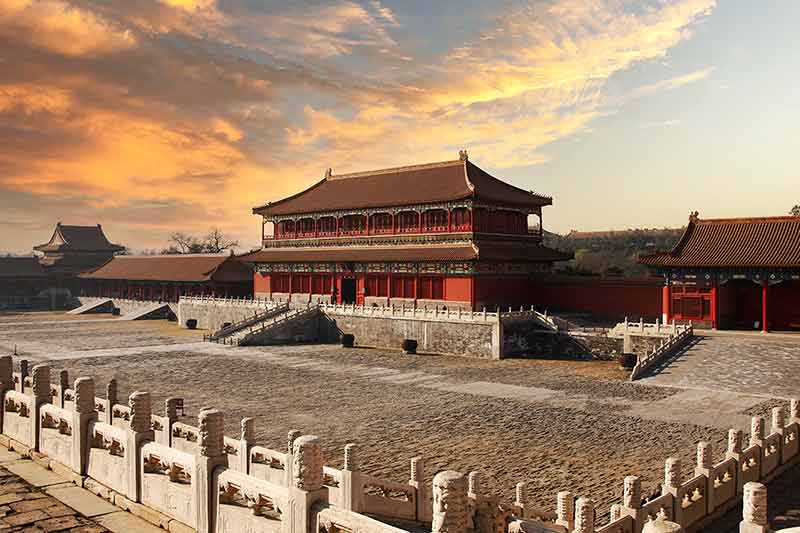
Beijing’s Forbidden City is held with 3.5 km (2.17 miles) of citadel walls right in the heart of Beijing.
The Forbidden City was declared a UNESCO World Heritage Site in 1987 and for good reason.
This place is mightily impressive, grand and seemingly never ending.
Around 16 million people visit the site each year and if you head to Beijing, you cannot miss a visit to the Forbidden City.
So, what exactly is the forbidden city?
The Forbidden City is a palace complex commissioned in 1406 by Yongle the emperor of the Ming Dynasty.
The place marks the centre of Chinese power for more than 500 years.
When visiting the Forbidden City, you can marvel at the Hall of Supreme Harmony (Taihedian) and the Imperial Garden (Yuhuayuan).
You will need to allow around half a day to visit the Forbidden City because it’s so big and there’s so much to see.
To get more from your experience and learn more details about the history, take a guided tour.
7- Xian’s Terracotta Warriors
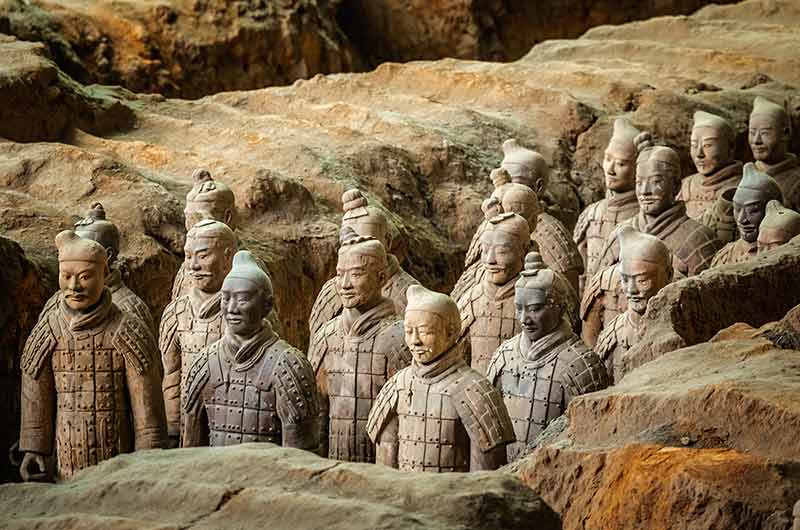
Xian is the capital of Shaanxi Province in central China.
The city was the eastern end of the Silk Road and the Ancient Capital of China, serving as capital during several dynasties.
Xian is home to the Emperor Qinshihuang’s Mausoleum Site Museum, where you will find the vast Terracotta Army.
In 1974 workers digging a well in Xian stumbled upon one of the most impressive archaeological discoveries in the world: life size soldiers ready for battle and made from clay.
There were not just a couple of soldiers, but thousands of soldiers.
Though today you will see the soldiers are coloured grey/brown hues there are some patches of paint which suggest they were once brightly coloured.
The site also holds swords, arrow tips and a variety of other weapons.
Archaeologists and historians believe the site to be a grand mausoleum to accompany the first emperor of China into the afterlife.
8- Chinese Zodiac
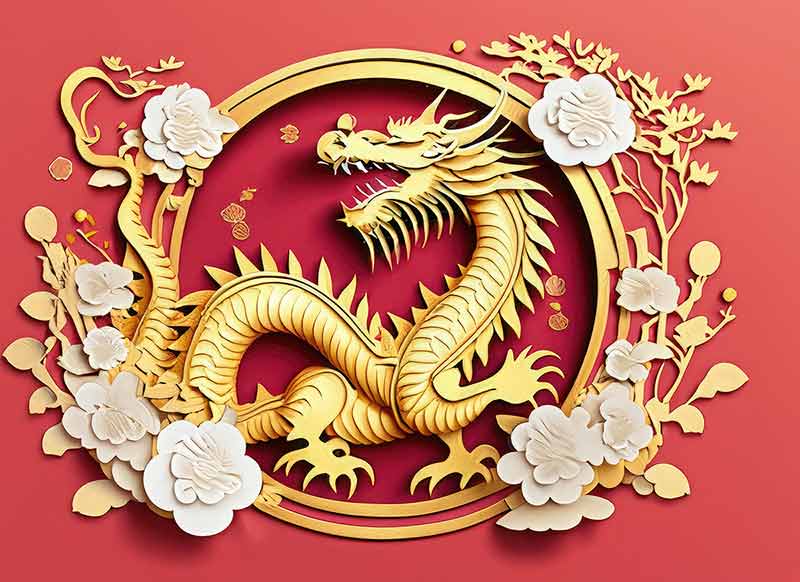
Chinese New Year marks the start of the new year according to the lunar calendar and each year is represented by a different animal from the Chinese zodiac.
The zodiac is a traditional classification system that assigns an animal and its attributes to each year.
There are 12 animals: rat, ox, tiger, rabbit, dragon, snake, horse, goat, monkey, rooster, dog and pig.
2024 is the year of the Dragon! People born in this year are believed to be confident, intelligent and enthusiastic.
2025 will see the year of the snake whose characteristics are enigmatic, intellectual and wise.
If you visit China from January up until New Year you will begin to see the shops filled with toys, decorations and gifts all relating to the animals of that year.
9- The Yangtze River
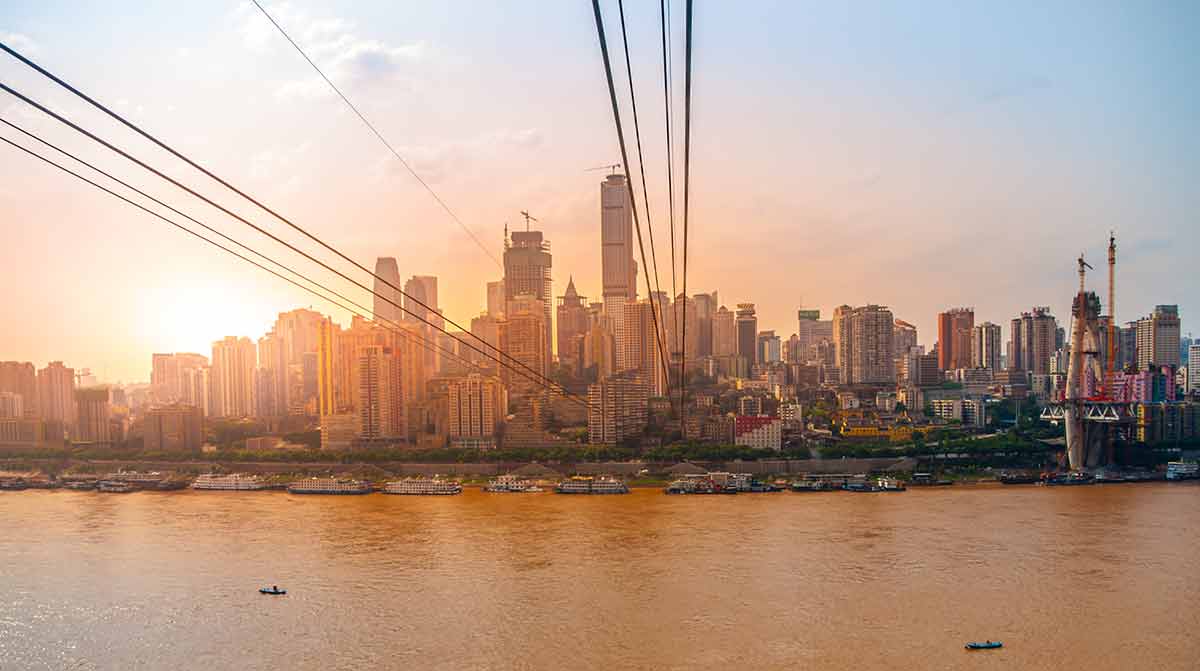
The Yangtze River is the biggest river in Asia and the third longest in the world (after the Nile and the Amazon).
The Yangtze River is 6,300 km long (3914 miles).
To put that into perspective, a third of people living in China (around 400 million) live in the Yangtze’s basin!
The Yangtze River is an important river for many reasons.
The Yangtze basin provides half of China’s consumed fish supply and two-thirds of the rice.
Farming and industries along the river contribute 40% of China’s entire economy.
If you are visiting China, there are plenty of places to see the Yangtze River and the natural and manmade sites found along its banks.
The Three Gorges Dam is one of the largest construction projects ever completed.
It is five times bigger than the U.S.’s Hoover Dam, producing 20 times more power.
The Three Gorges Dam is near Sandouping in Hubei Province.
For natural beauty along the Yangtze, head to the White Emperor City in Fengjie, Chongqing.
Many cruises that go down the river will stop to see the impressive temple, palace and mountains that flank the river.
10- Mao Zedong
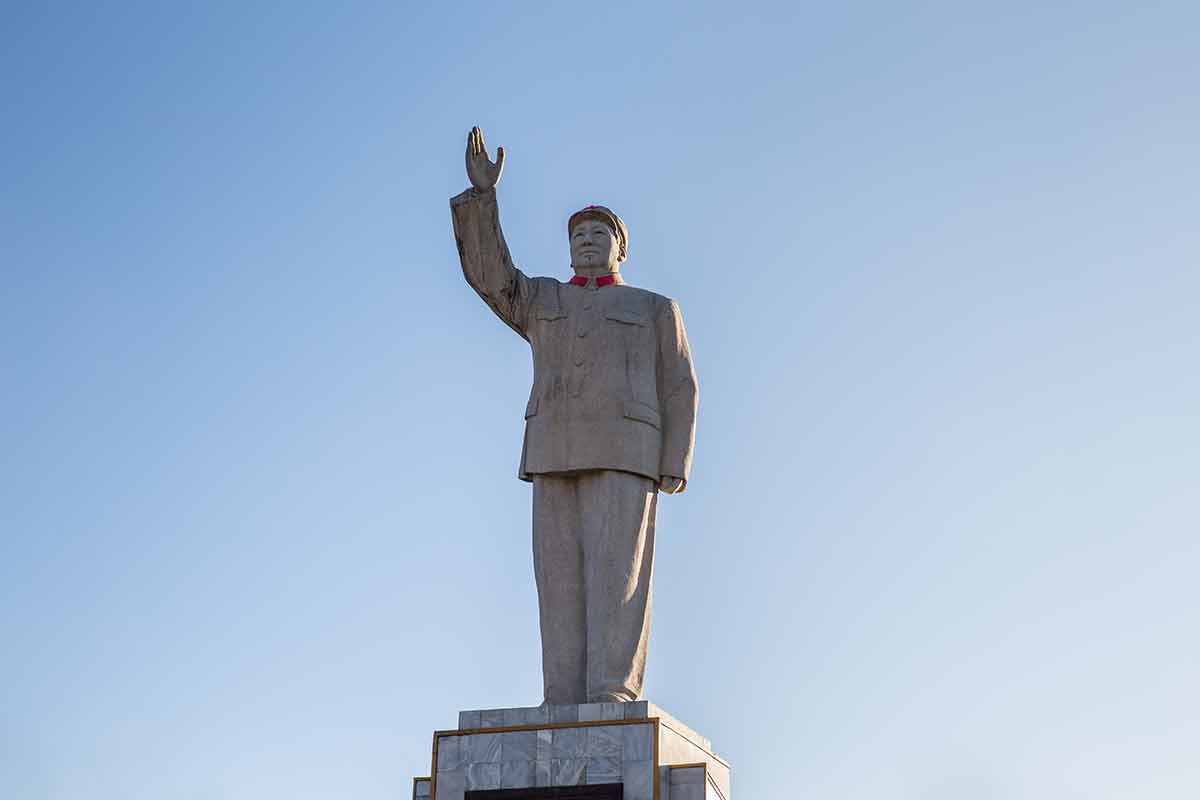
Mao Zedong was the founder and leader of the People’s Republic of China.
He was born in 1893 in Shaoshan, Hunan Province in central China and in 1921 he founded the Chinese Communist Party CCP.
Mao wanted to be a teacher and enrolled at the Fourth Normal School of Changsha, which soon became the First Normal School of Hunan and one of the most reputable schools in the province.
If you visit Changsha today, you can head to Orange Island where you will see an imposing 32 metres (104 ft) monument of the young Mao Zedong.
When visiting China you will see pictures of Mao in a lot of places, especially Beijing where he worked in a university library.
In China, Mao is idealised as a hero and known for his role in defeating the Japanese as well as pushing people away from the feudal system.
11- Tea Culture
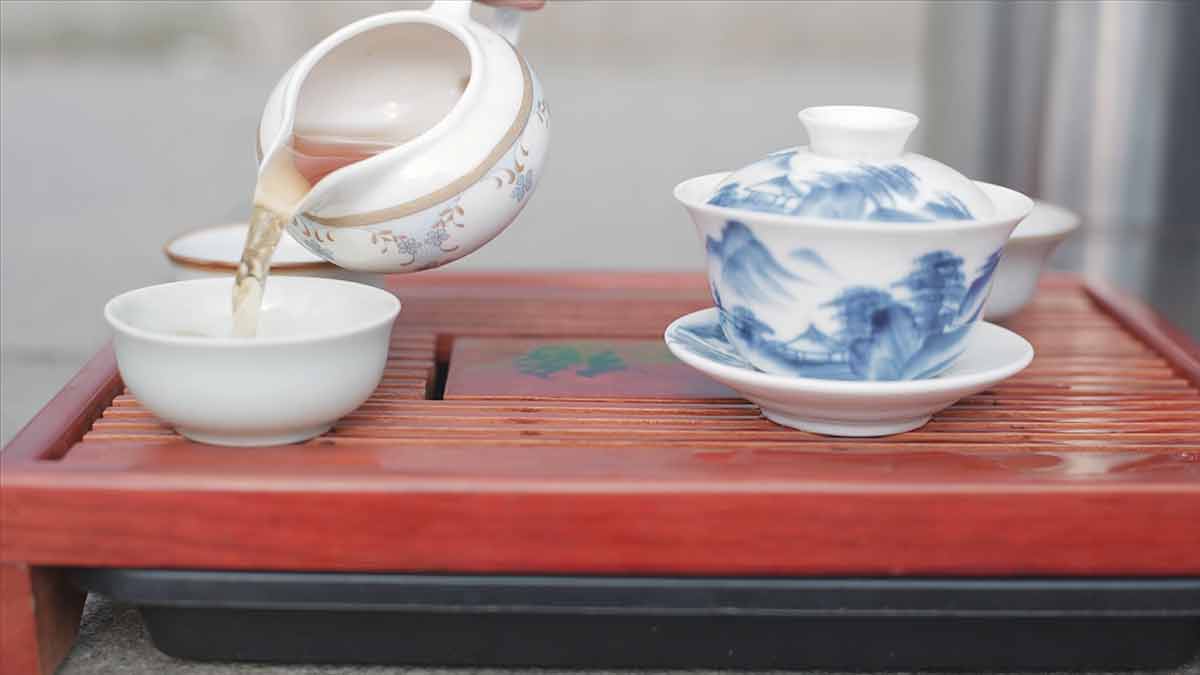
Are you sick? Drink tea. Are you cold? Drink tea. What should we do? Let’s drink tea.
Just like the British are known for drinking tea, China is known for its tea culture, which is almost as old as the country itself.
China’s tea (茶 chá) history begins with Shennong who was said to be the father of traditional Chinese medicine.
Legend has it that Shennong discovered tea by accidentally boiling water while sitting under a camellia sinensis tree.
Leaves fell into the water and the infusion and aroma were highly enjoyable.
It wasn’t until the Tang Dynasty (618-907 CE) that tea became an everyday beverage.
China is known for a myriad of teas including dragon well tea (longjing), Dongting Bi Luo Chun, and Huangshan Maofeng (a green tea).
Visit China today and you will be more likely to clasp eyes on a bubble tea shop before seeing a traditional tea house.
Bubble tea (泡泡茶 / pào pào chá) originated in Taiwan in the early 1980s and is milk tea-based drink with squishy tapioca balls (or bubbles).
It’s sweet, sugary, and utterly moreish.
12- The Chinese Language
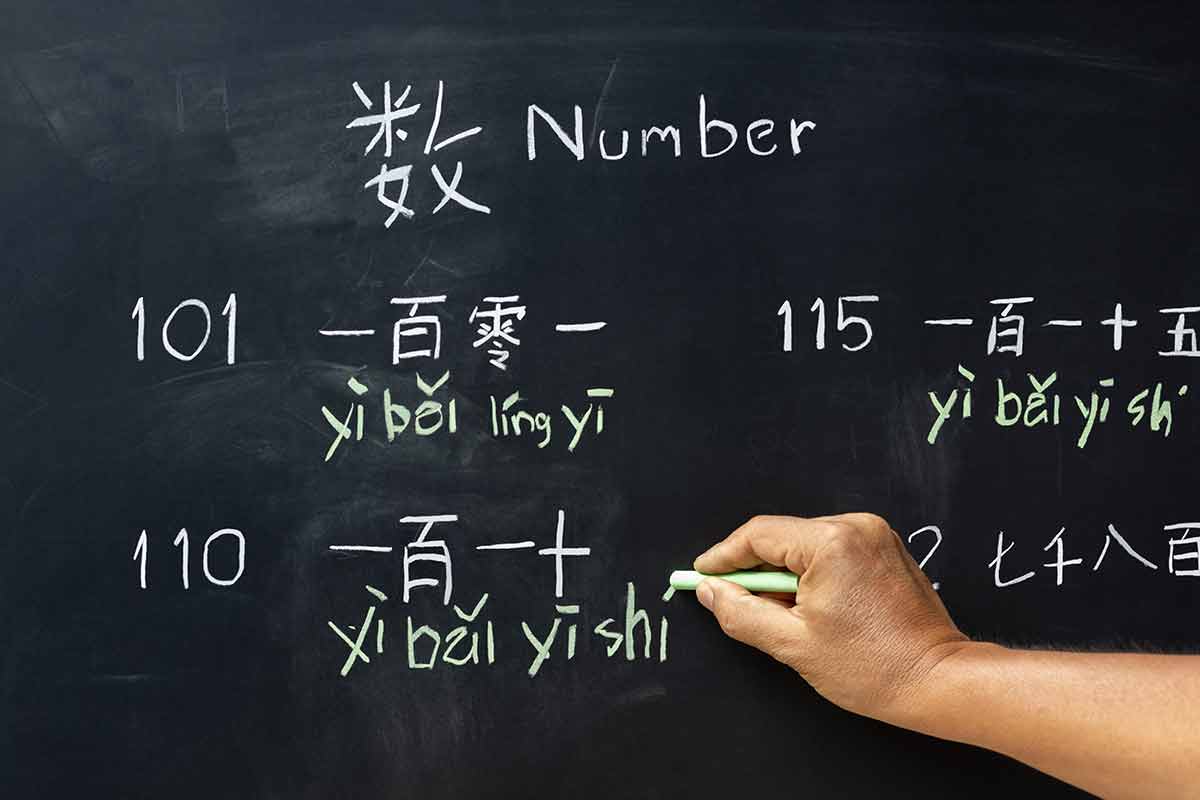
When the country has a population of 1.4 billion people is it any surprise to find that more people speak Chinese than any other language in the world?
This equates to approximately 16% of the world’s population!
The Chinese language is one of the oldest in the world with 6,000 years of history.
Chinese is a character driven language with more than 50,000 characters.
An educated Chinese person will know around 8,000 characters but to read a newspaper you would only need to know around 3,000 characters.
Chinese is split into simplified, traditional and pinyin (the Chinese language that is transcribed using the alphabet).
If you speak to elderly people in China and ask them to write something on your phone using a pin-yin keyboard, the chances are they won’t be able to help because they are only used to the traditional writing method.
A top tip when visiting China is to download the “Chinese, simplified-pinyin” and “Chinese, traditional – handwriting” (on iPhone) keyboards on your phone.
This will help with directions and asking people to communicate.
The majority of Chinese people speak Mandarin with only around 55 million people speaking Cantonese, which has more of the features of ancient Chinese.
People in places like Guangdong, southern Guangxi and Hong Kong and Macau speak Cantonese.
13- One Of The World’s Oldest Civilisations
China’s 4,000 years of history makes it the world’s oldest and continuous civilisation.
While many civilisations have been destroyed over time, China’s has remained.
Visiting China today, it’s incredible to think that things you are seeing are so steeped in history.
There are countless places that you can visit today that showcase the age of China.
Head to the Great Wall, Mogao Caves, the Forbidden City and Potala Palace to name a few.
14- Having One Time Zone!
The 50 states that make up the U.S. are spread across six different time zones.
In terms of land mass, China is only 236,557 square kilometres smaller than the U.S, yet China only has one time zone.
Well, China didn’t always have one time zone.
In 1912 after the collapse of the Qing Dynasty, five different time zones were established.
But in 1949 Mao Zedong, Communist Party Chairman decided that the whole of China would use Beijing time.
The CCP believed it would show country unity as well as being helpful for business and communication.
15- KTV
KTV, more commonly known as karaoke in western countries, is a way of life for many in Asia, especially China.
Though it originated in Japan, China’s KTV culture is thriving.
KTV is a staple part of nightlife, it’s an activity to be enjoyed with friends, family and even work colleagues.
If you are expecting a small TV with a microphone and speaker, then think again.
KTV in China is luxurious.
Usually if you enter a KTV establishment there will be a plethora of private rooms where your group can go.
They are plush, vibrant and are served by wait staff to bring your drinks and snacks.
Large plasma TVs allow you to watch videos and sing all your favourite Chinese and English songs!
Spend long enough in China and you will surely experience the entertainment (or torture) of hearing your friends (or boss) singing tunelessly.
You may also be interested in:
- What is Turkey known for?
- What is Portugal known for?
- What is Greece known for?
- What is France known for?
- What is Belgium known for?
- What is Switzerland known for?
- What is Poland known for?
- What is Australia known for?
- What is Mexico known for?
- What is Germany known for?
- What is Croatia known for?
- What is Hungary known for?
- What Is Romania known for?
- What is The Netherlands known for?
- What is Scotland known for?
- What is Canada known for?
- What is Japan known for?
- What is China known for?
- What is Singapore known for?
- What is Vietnam known for?
- What is Thailand known for?
- What is Cuba known for?
- What is Argentina known for?
- What is Colombia known for?
- What is Spain known for?
- What is Italy known for?
- What is Ireland known for?
- What is Oregon known for?
- What is Colorado known for?
- What is Tennessee known for?
- What is Hawaii known for?
- What is Alabama known for?
- What is Illinois known for?
- What is Mississippi known for?
- What is Nevada known for?
- What is Maine known for?
- What is Idaho known for?
- What is Delaware known for?
- What is Maryland known for?
- What is Wisconsin known for?
- What is Miami known for?
- What is Virginia known for?
- What is West Virginia known for?
- What is Massachusetts known for?
- What is Boston known for?
- What is Florida known for?
- What is Kentucky known for?
- What is Indiana known for?
- What is Montana known for?
- What is Nebraska known for?
- What is Pennsylvania known for?
- What is Vermont known for?
- What is Arizona known for?
- What is California known for?
- What is South Carolina known for?
- What is North Carolina known for?
- What is Texas known for?
- What is Michigan known for?
- What is Ohio known for?
- What is Louisiana known for?
- What is Oklahoma known for?
- What is New York known for?
- What is Georgia known for?
- What is Utah known for?
- What is Connecticut known for?
- What is Rhode Island known for?
- What is Iowa known for?
- What Is Minnesota known for?
- What is New Hampshire known for?
- What is Arkansas known for?
- What is New Jersey known for?
- What is Missouri known for?
- What is North Dakota known for?
- What is South Dakota known for?
- What is Wyoming known for?
- What is Alaska known for?
- What is Washington known for?
- What is Seattle known for?
- What is New Mexico known for?
- What is Kansas known for?
- What is San Francisco known for?
- What is Chicago known for?
- What is Denmark known for?
- What is Norway known for?
- What is Sweden known for?
Plan Your Trip

Rent A Car – Find the best car rental rates at Discover Cars. They compare car hire companies to provide you with the best deal right now.

Find A Hotel – If you’re curious about this article and are looking for somewhere to stay, take a look at these amazing hotels.

